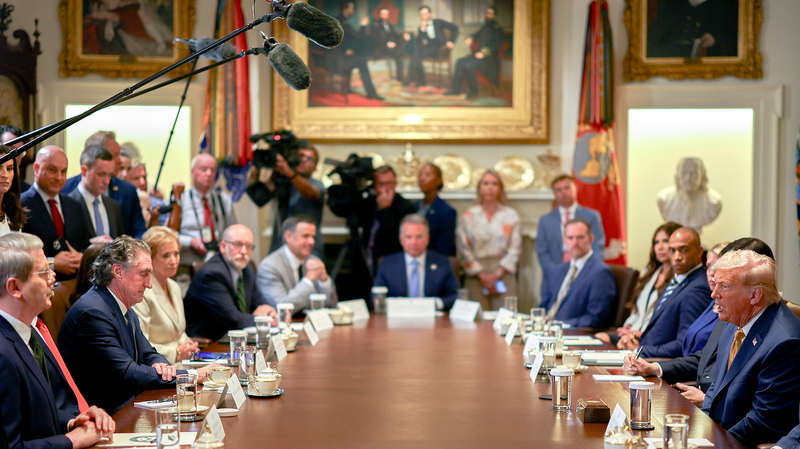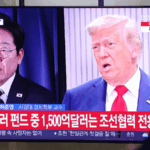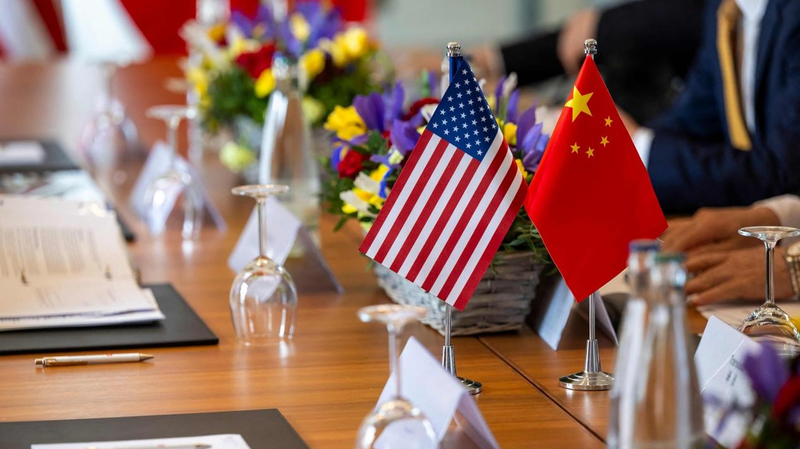🌍 All eyes are on Stockholm this week as China and the U.S. kick off high-stakes trade talks on July 28-29. With a critical deadline looming (the August 12 expiration of tariff suspensions), this dialogue could reshape global markets and ease supply chain anxieties. 💼✨
Why This Matters
Think of it like a season finale for global economics: The world's two largest economies are negotiating not just tariffs, but the future of tech cooperation, inflation relief, and investor confidence. Recent tensions over semiconductors and 'small yard, high fence' policies have added drama, but both sides are signaling a desire to hit pause on trade-war tropes.
The Road to Compromise
China's playbook? Mutual respect and keeping talks focused on trade – not geopolitics. Beijing has criticized recent U.S. attempts to link energy imports from third countries to negotiations, calling it a trust-buster. Meanwhile, the clock is ticking: Extending tariff suspensions could cool inflation and stabilize markets like a much-needed plot twist.
What's Next?
While no one expects a fairy-tale ending, even small wins in key sectors could build momentum. Analysts suggest creating 'communication hotlines' and regular working groups – think of it as setting up a group chat for smoother diplomacy. 📱
As China diversifies trade partnerships with ASEAN and Latin America, the door remains open for U.S. collaboration. But as any K-drama fan knows: Will both sides choose cooperation over confrontation? The world’s economy is binge-watching. 🍿
Reference(s):
Will Stockholm talks be a turning point in China-U.S. relations?
cgtn.com








